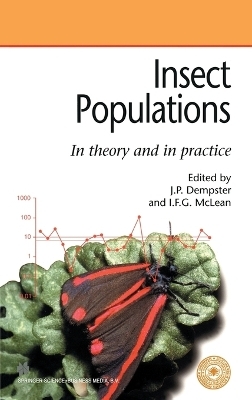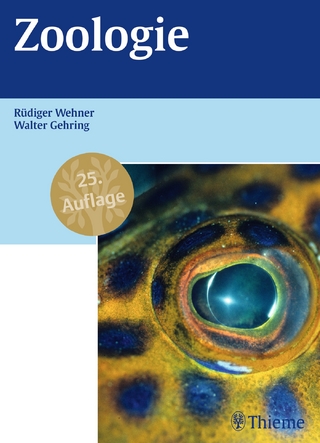
Insect Populations
Chapman and Hall (Verlag)
978-0-412-83260-4 (ISBN)
Insects are far and away the largest group of animals on earth, with over a million described species, and they occupy a wide range of ecological niches - they may be herbivores, predators, parasites or decomposers. Some are of particular economic importance as pests of agriculture and forestry, as vectors of animal and human disease, or as species of interest to wildlife conservation, so an understanding of the processes determining their numbers is of considerable practical value. Entomologists have played a leading role in developing a theoretical basis to population ecology, but we still do not have adequate experimental and observational proof for many of the theoretical ideas that have been proposed. As a result, the subject has been beset with arguments for more than 50 years. This volume attempts to reconcile some of those controversies, while also reviewing the state of our knowledge at the end of the 20th century. The editors have drawn together views which reflect the full range of opinions on how natural populations are stabilized. The book covers the main alternative views in population theory and contains recent field studies of insect populations.
This Royal Entomological Society Symposium volume should be of interest to all entomologists and ecologists, particularly those who wish to know more about population dynamics.
Theoretical background, Population structure. The equilibrium theory of population regulation. The role of density independent processes in the stabilization of insect populations. Resource limitation of populations and ceiling models. The problems associated with the identification of density dependence in population data. The role of predators and parasitoids in insect population dynamics. The effect of qualitive changes of individuals in the population dynamics of insects. What our experience of biological control tells us about current population theories. Case studies: the population dynamics of aphids. The population dynamics of tephritidae. The population dynamics of the genus maculinea (lepidoptera: lycaenidae). The population ecology of tyria jocobaeae (lepidoptera: arctiidae). The population ecology of operophthera brumata (lepidoptera: geometridae). The population ecology of euura lasiolepis (hymenoptera: tenthredinidae). The population ecolgy of trichochermes walkeri (psylloidea: triozidae). The population ecolgy of epilachna niponica (coleoptera: coccinellidae). The population ecology of megaloprepus coerulatus (odonata: pseudostigmatidae).
| Zusatzinfo | Illustrations, maps |
|---|---|
| Verlagsort | London |
| Sprache | englisch |
| Einbandart | gebunden |
| Themenwelt | Naturwissenschaften ► Biologie ► Zoologie |
| ISBN-10 | 0-412-83260-7 / 0412832607 |
| ISBN-13 | 978-0-412-83260-4 / 9780412832604 |
| Zustand | Neuware |
| Haben Sie eine Frage zum Produkt? |
aus dem Bereich


